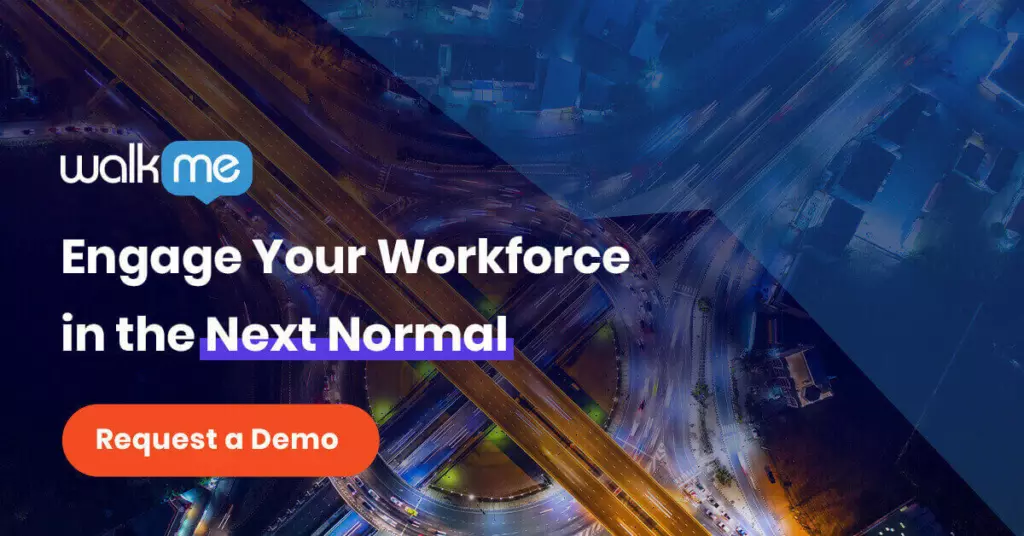Moving systems over to the cloud instead of “on-prem” (short for “on the premises”) is not a new idea. In fact, in 2017, according to Druva, more than 90% of organizations planned cloud migrations. In ‘technology years’ 2017 was ages ago! It’s actually surprising that “on-prem” systems are still functioning and that organizations are still figuring out how and when to implement or finish up their cloud migration.
The reality is that change is extremely uncomfortable for people, even if the end result is worthwhile. While most organizations would like to fast-forward to the end of the cloud migration process, fewer are willing to go through the growing pains it takes to get there.

COVID was what former Okta CIO, Mark Settle, called “a giant wakeup call for CIOs” in terms of assessing which initiatives were no longer optional, but had in fact become completely necessary for survival. Moving to the cloud is one of them.
Here’s why:
Reliability is #1
Maybe a few years ago, the cloud seemed risky and not fully tested. It seemed safer, even if it was more expensive, to keep everything “on-prem.”
But times have changed and the cloud has matured into an extremely dependable and reliable digital storage system. With companies like Amazon and Microsoft using the cloud, it should no longer be a question of reliability, rather what the employee experience will look like during and after a major digital transition.
Cloud is a better budget decision
CFOs are not known for being huge advocates for organization wide change. Since many change initiatives fail and end up costing companies millions of wasted dollars, the finance department might be stalling the cloud migration process. However, the final product is definitely a more cost-effective solution to storage.
Since implementation costs are extremely low and it’s completely scalable, ROI on cloud service is much easier to predict, and predictive analytics can extend into a much longer period of time. The “storage system” can be running globally, and at all times, lowering costs for on-facility systems which inevitably incur infrastructure and overhead costs.
Remote makes no difference
We are in a strange transitional time with work norms. COVID exposed that many organizations were not able to transition to a remote model without pain and loss. The cloud is at least one way to ensure that any emergency or crisis that requires remote work would not interrupt the workflow. As long as employees have internet access, they are able to be connected to the company system.
How can you make the transition as smooth as possible?
Once you’ve established that moving to the cloud is mission-critical, you’ll need to create a plan for making it happen.
Designate the migration leader
Someone needs to spearhead and lead this initiative, although it will certainly take more than one person to make the transition smooth. The migration leader is often referred to as a migration architect and this person will be responsible for the strategy, technical plans and decisions, and also overseeing the implementation itself.
Are you going deep or staying shallow?
A shallow migration means that no changes are being made to applications, they are simply being “lifted and shifted” to the cloud. This is a simpler process and means that you won’t require services that are unique to the cloud (but also won’t benefit from them).

A deep migration means that you are not only transitioning your existing applications but are optimizing your systems altogether. This is a larger project but it also means that you’ll gain capabilities that are cloud-specific.
How can you make sure employee experience doesn’t suffer?
Change is never easy, but in order to maintain a positive employee experience, you’ll want to minimize discomfort as much as possible. Some important ways to keep employees happy and productive during a transition are to:
- Communicate all plans and changes that will affect them beforehand
- Keep them updated as changes are occurring
- Consolidate resources for easy access
- Enable self-support
All of the objectives above are separate initiatives that deserve time and resources. One solution that addresses all of them at once is a Digital Adoption Platform. With features like Shoutouts, important messages can get directly to employees’ desktops, instead of getting buried in email inboxes. Guidance and self-support allow employees to stay self-sufficient and productive, even during a major transition like cloud migration.
There’s no longer any reason to keep your organization “on-prem.” The recent world events have certainly taught us that agility and flexibility are essential for survival and that there are many unexpected benefits to having an organization that is remote-capable. The cloud is the number one way to ensure that your employees and organization can keep pace with competitors, no matter what happens.


